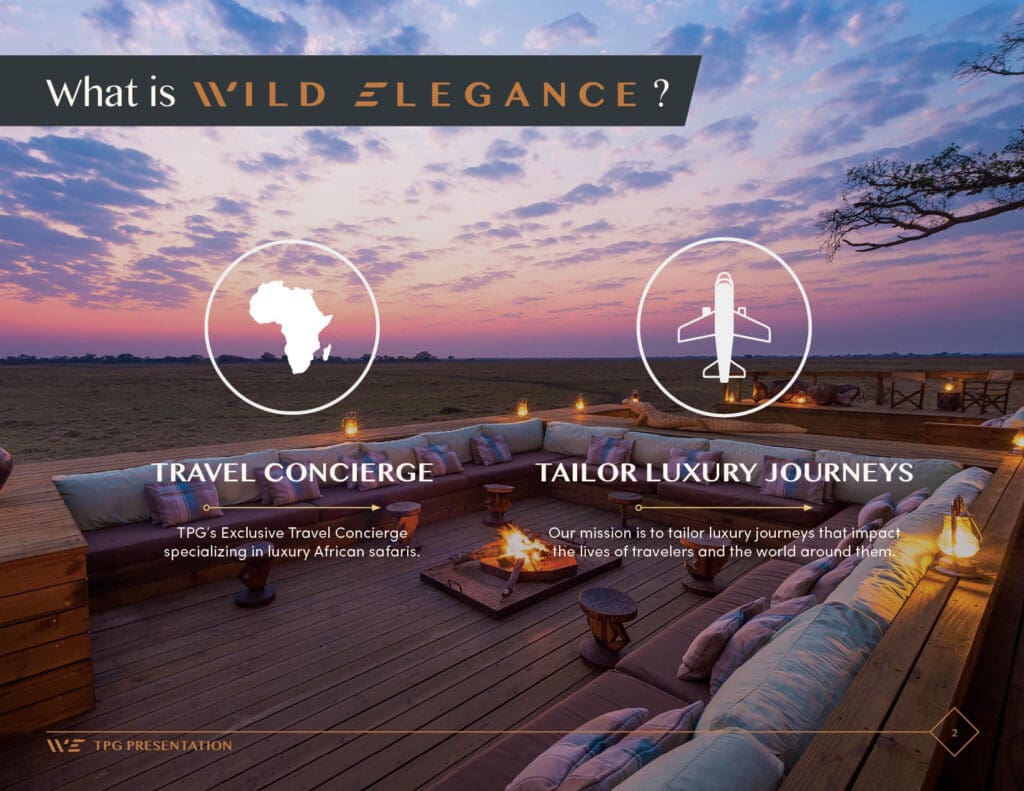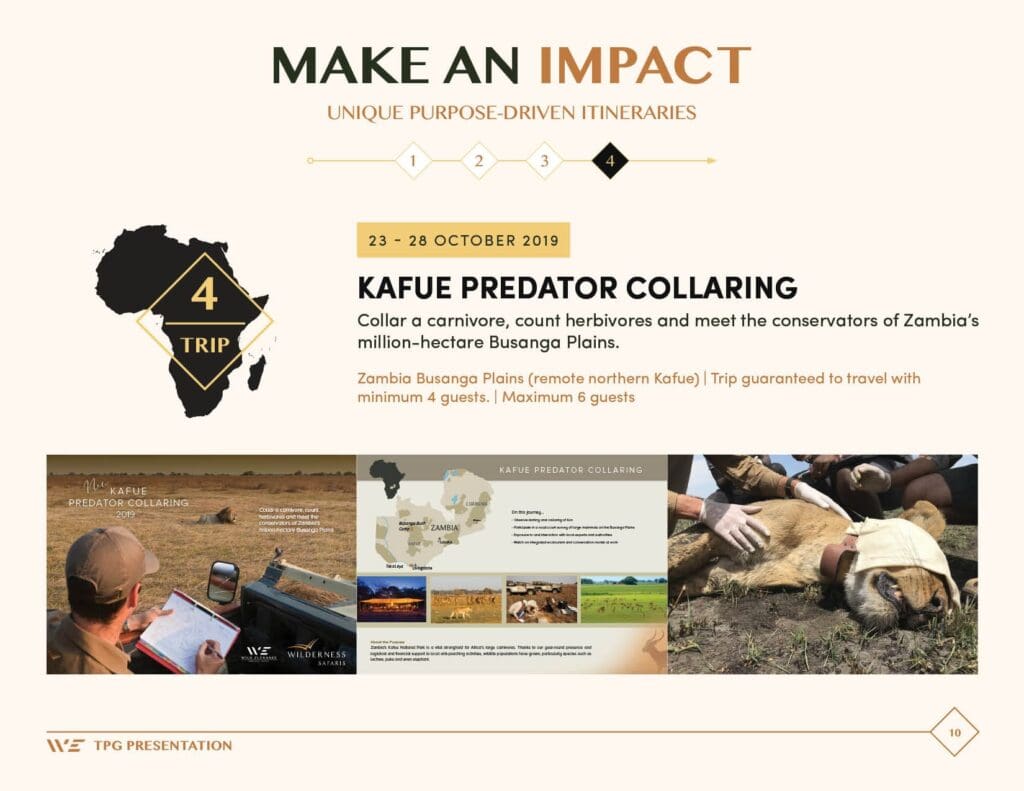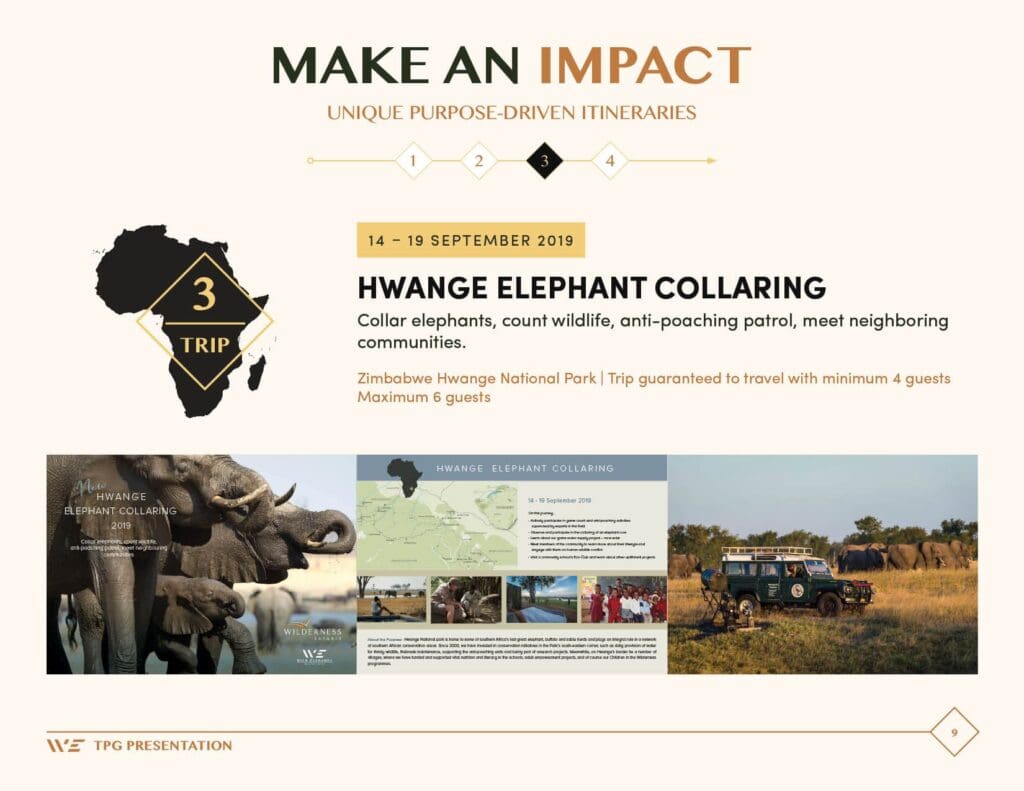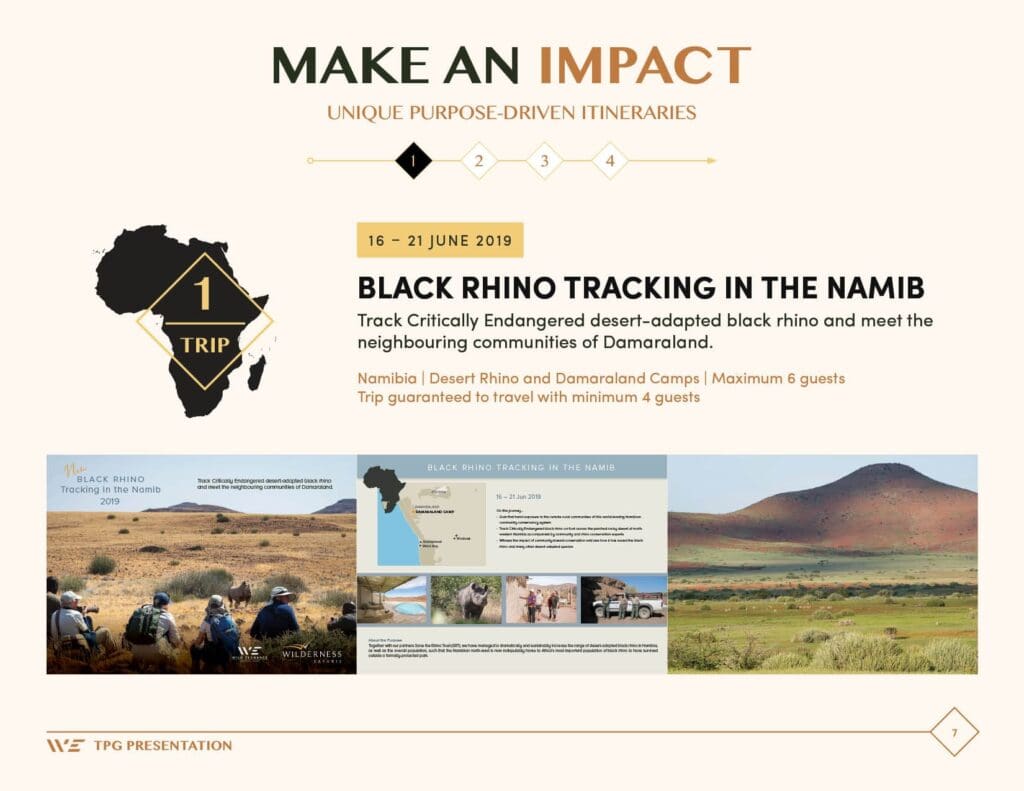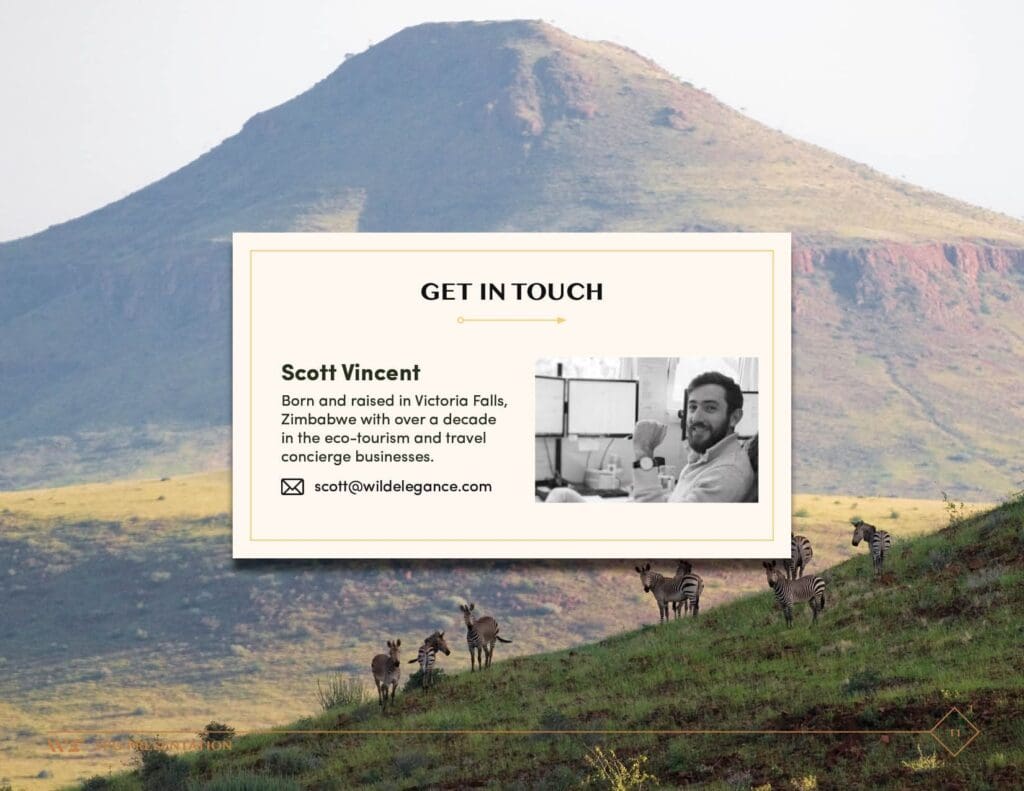Crafting a Presentation That Speaks Volumes
Welcome to the world of presentation design, where the magic of your message lies in how well it’s packaged! Today, we’re diving into the John Wolfe Compton method, a comprehensive approach to creating impactful presentations. Whether you’re a seasoned designer or just starting out, these steps will guide you in crafting a presentation that not only looks great but also resonates with your audience.
1. Starting with the Client Brief and Presentation Overview
First things first, understanding your client’s needs is crucial. Kick-off with a clear client brief. What’s their goal? Who’s the audience? What message do they want to convey? This step is all about getting a clear picture of what your client envisions. This overview sets the stage for everything that follows, ensuring that each element of the presentation is aligned with the client’s objectives.

2. Adhering to Brand Styles: Consistency is Key
Now, it’s all about the brand. Every brand has its unique identity, and it’s vital to maintain this consistency throughout the presentation. This means sticking to set brand styles – think fonts, type styles, colors, and any specific style guide assets. This ensures the presentation feels like an extension of the brand, creating a seamless visual experience.
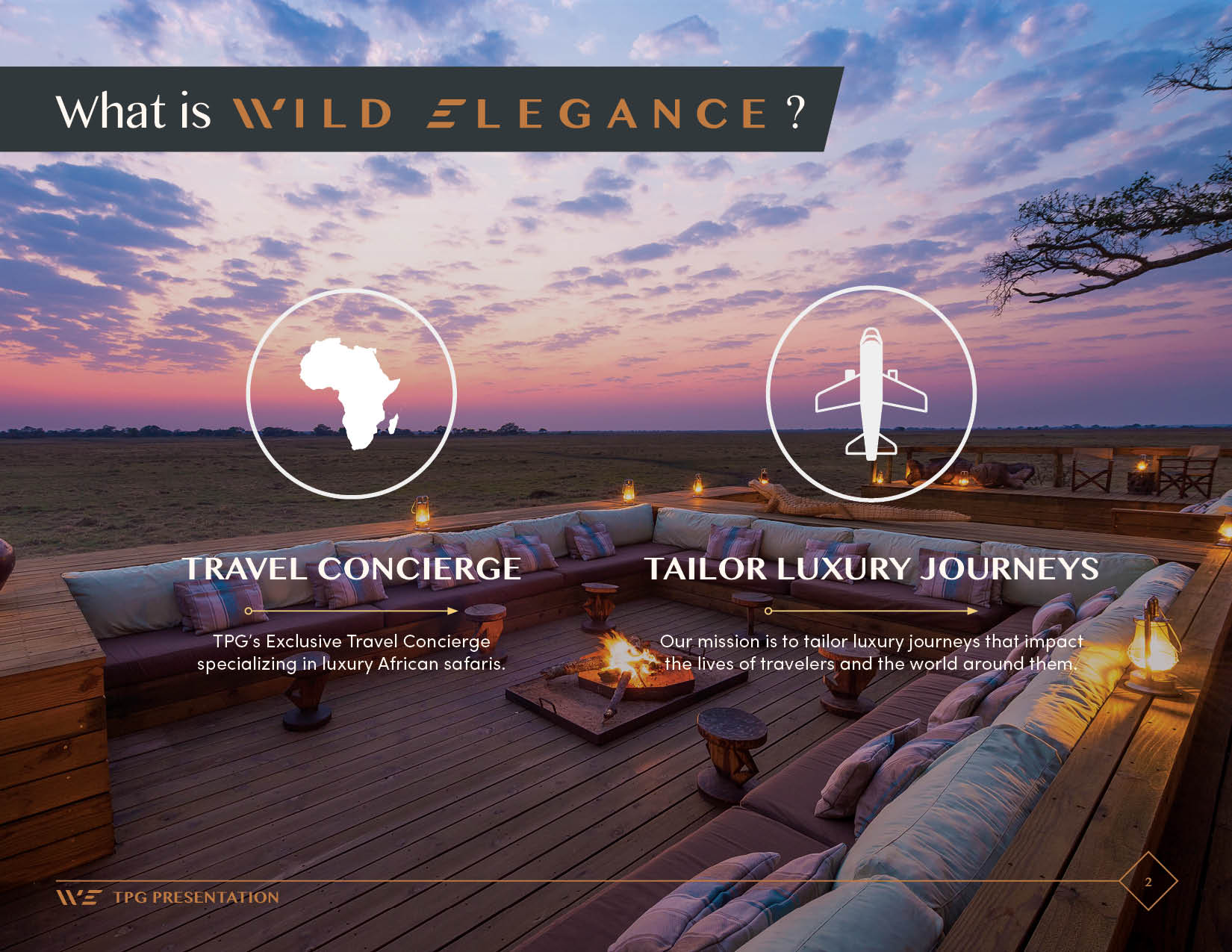
3. Innovating with New Styles
While consistency is important, there’s always room for creativity. This step involves creating new styles that complement the existing brand guidelines but add a fresh twist. It’s about balancing brand identity with innovative design elements to keep the presentation engaging and dynamic.

4. The Art of Infographics and Charts
Data doesn’t have to be dull! Transforming complex information into visually appealing infographics and charts is a game-changer. This step is where data meets design. It’s about presenting information in a way that’s both informative and visually captivating, making it easier for the audience to digest and remember.
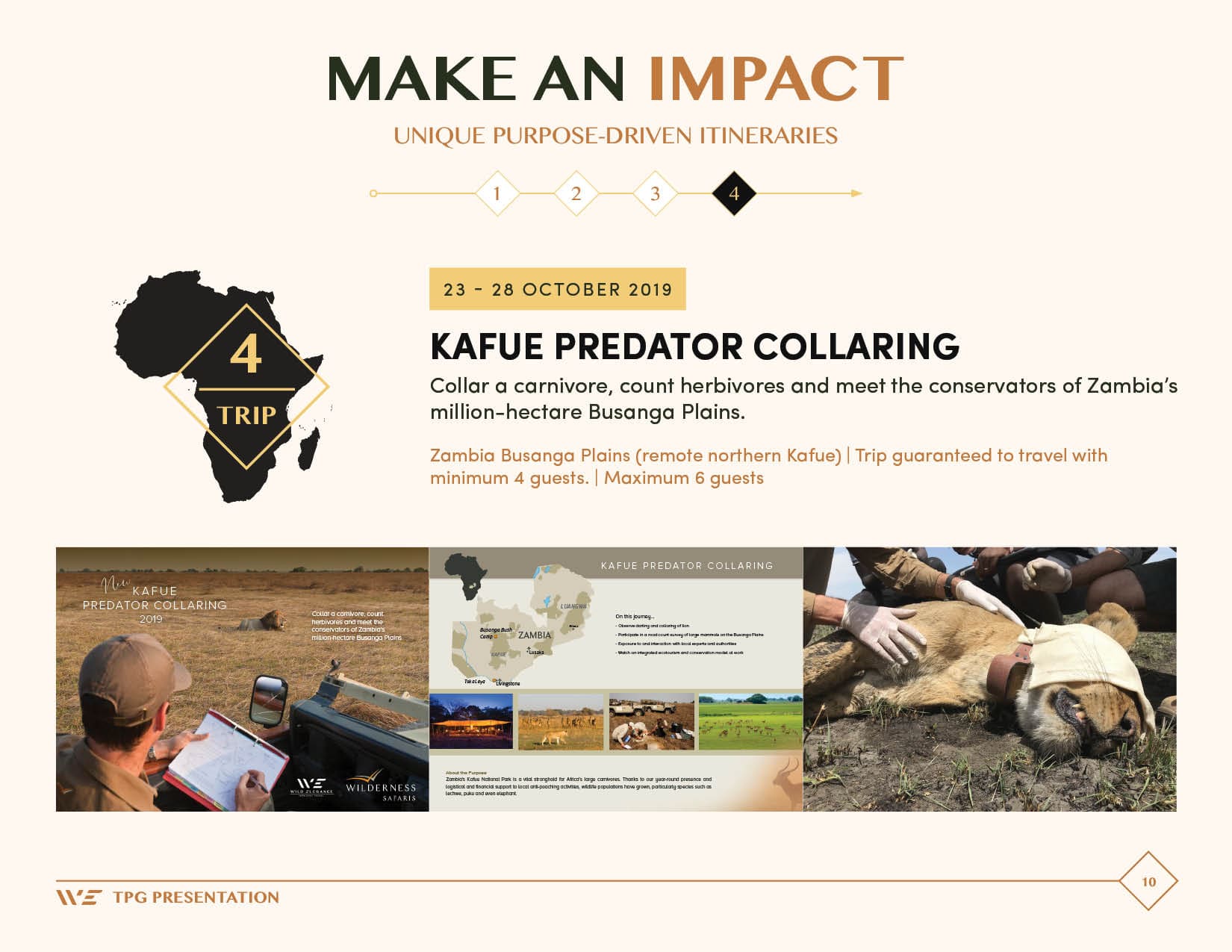
5. Gathering and Customizing Images
A presentation isn’t complete without the right images. Whether you’re using stock photos or AI-generated images, this step involves selecting and altering images to fit the presentation’s size and style. It’s the finishing touch that can make your presentation truly stand out.

6. The Crucial Client Review
After pouring your creativity into the design, it’s time for the client to weigh in. Client review is a pivotal step. This is where you present your work, gather feedback, and make necessary edits. It’s a collaborative process, ensuring that the final product is something both you and the client are proud of.
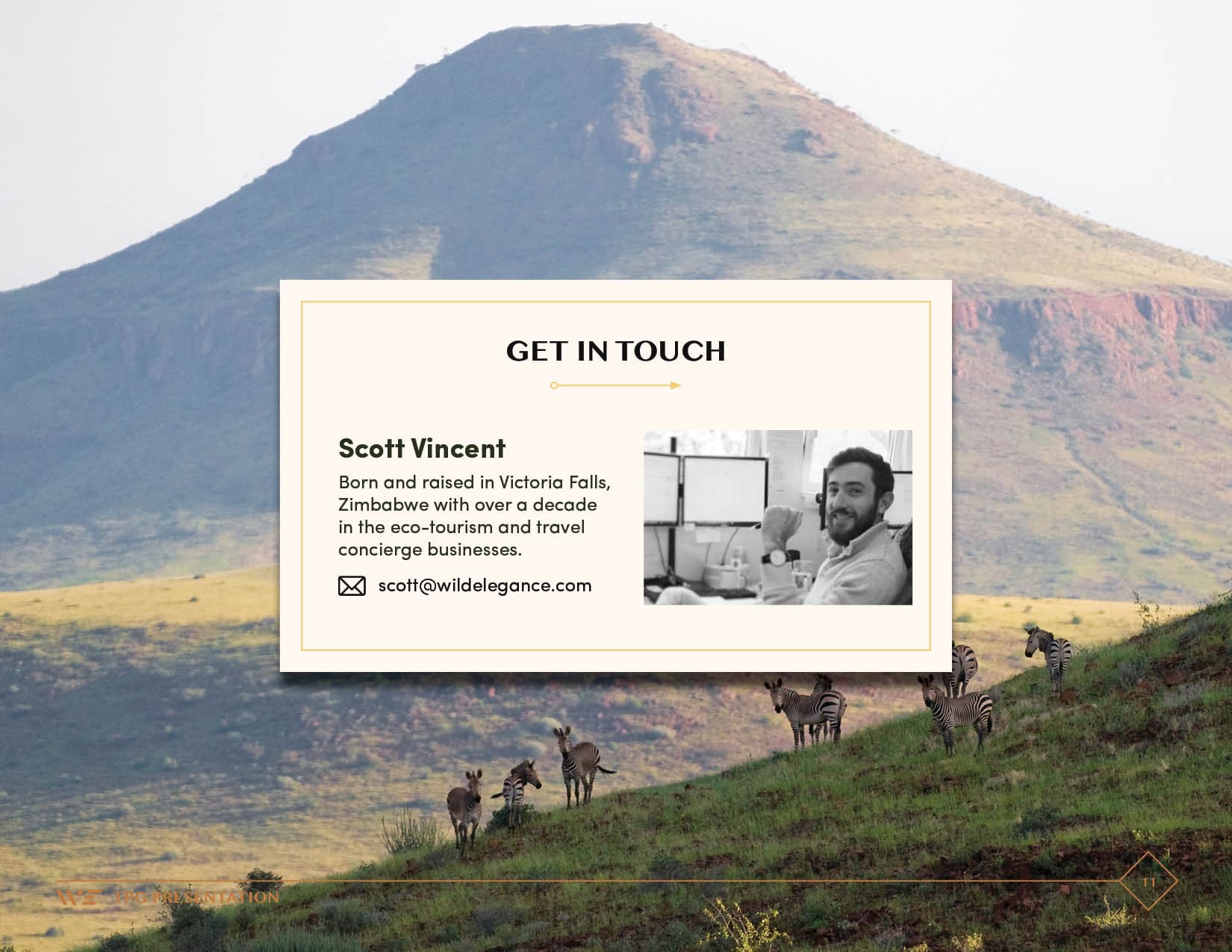
7. Slide Export and Ordering: The Final Touches
We’re almost there! Once the design is finalized, it’s time to export and order the slides. This step is all about ensuring that the flow of the presentation is logical and engaging. The order of the slides should tell a story, guiding the audience through the information seamlessly.

Wrapping Up
And there you have it! The John Wolfe Compton method is a comprehensive guide to creating presentations that are not just visually appealing but also strategically aligned with your client’s objectives. Remember, a great presentation is a balance of consistency, creativity, and clarity. So go ahead, use these steps as your blueprint, and create something amazing!





